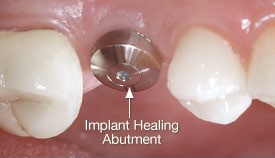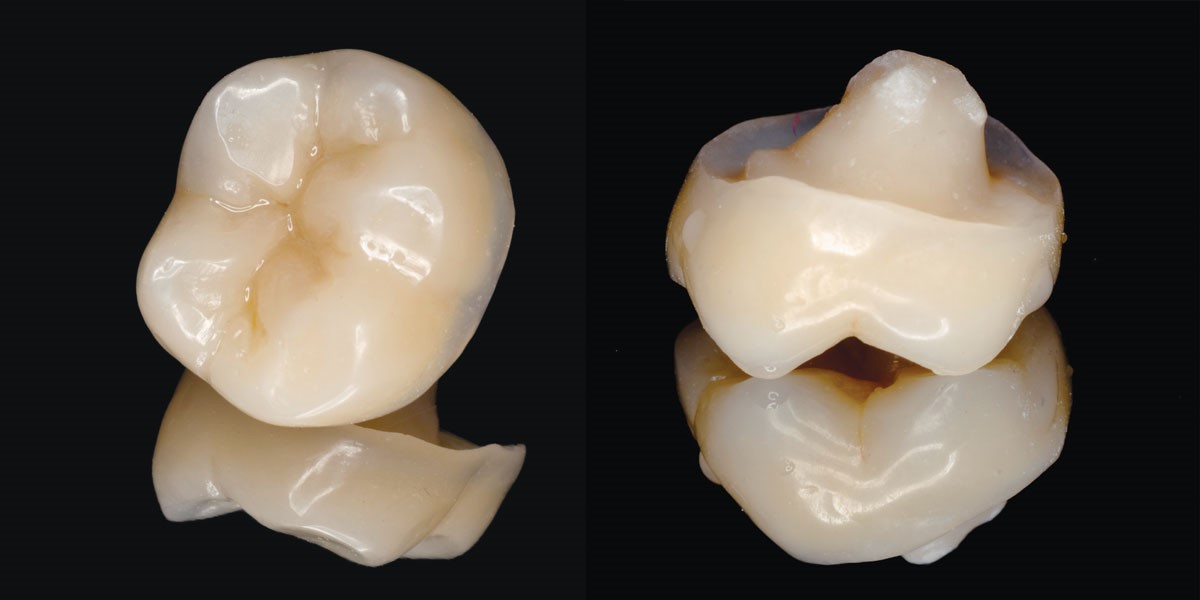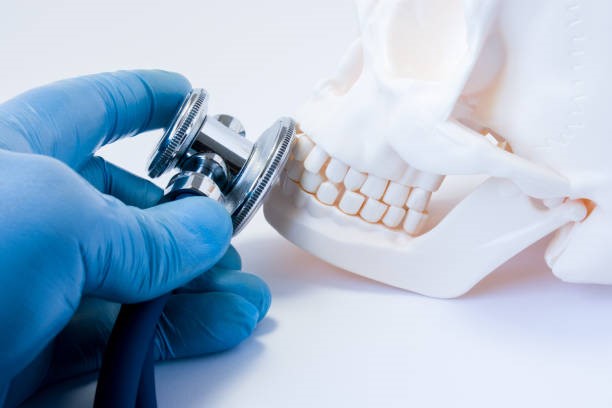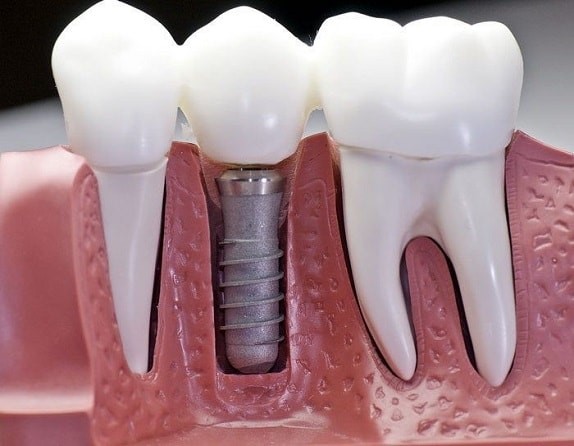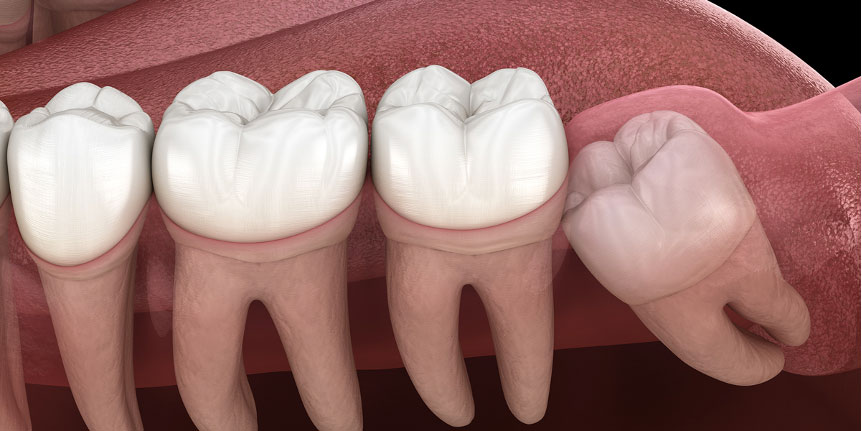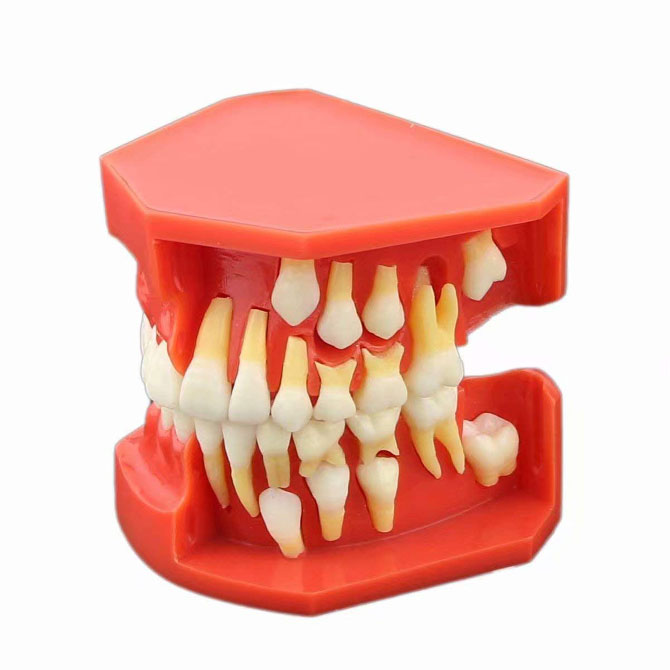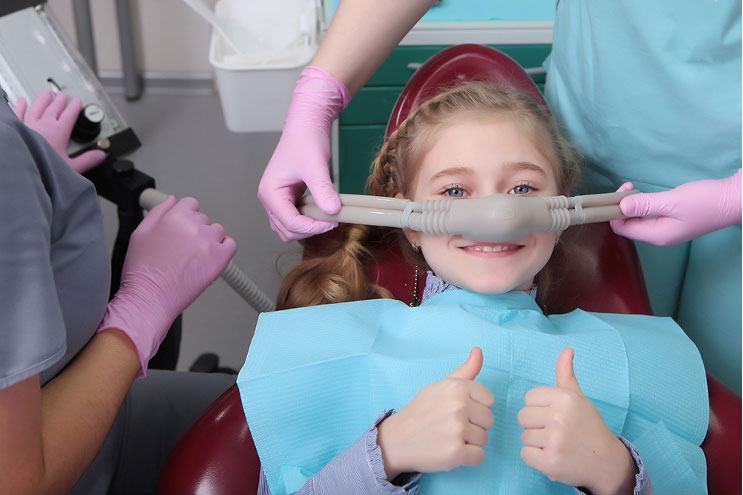TMJ Disorders

TMJ Disorders: Navigating the Complex Landscape of Temporomandibular Joint (TMJ) Disorders
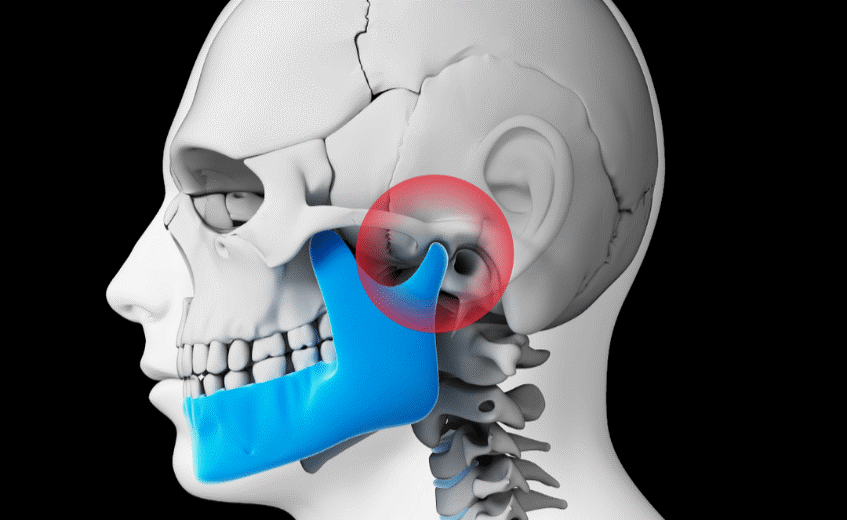
Temporomandibular Joint (TMJ) disorders constitute a multifaceted array of conditions that affect the jaw joint and surrounding muscles, presenting challenges that intertwine oral health and overall well-being. This in-depth exploration delves into the intricate details of TMJ disorders, unraveling the causes, symptoms, diagnostic approaches, and diverse treatment modalities that collectively shape our understanding of these complex disorders.
the Temporomandibular Joint (TMJ)
The TMJ, a hinge-like joint connecting the jawbone to the skull, serves as a pivotal component in the intricate machinery of oral function. Its primary role involves facilitating essential movements for activities such as speaking, chewing, and yawning. TMJ disorders, however, disrupt the harmony of this joint and its associated muscles, leading to a myriad of symptoms and challenges.
1. Causes and Risk Factors of TMJ Disorders
Contributing Factors
1. Bruxism (Teeth Grinding): The persistent grinding or clenching of teeth can exert undue strain on the TMJ, acting as a catalyst for the development of TMJ disorders.
2. Jaw Injury: Trauma or injury to the jaw, whether through accidents or external forces, can result in misalignment or damage to the TMJ, laying the groundwork for dysfunction.
Risk Factors
1. Gender: Interestingly, TMJ disorders display a higher prevalence in females, particularly those in the childbearing age bracket, hinting at potential hormonal or anatomical influences.
2. Stress and Anxiety: The intricate connection between mental well-being and physical health becomes evident as emotional stress and anxiety contribute to teeth grinding and muscle tension, elevating the risk of TMJ disorders.
2. Signs and Symptoms of TMJ Disorders
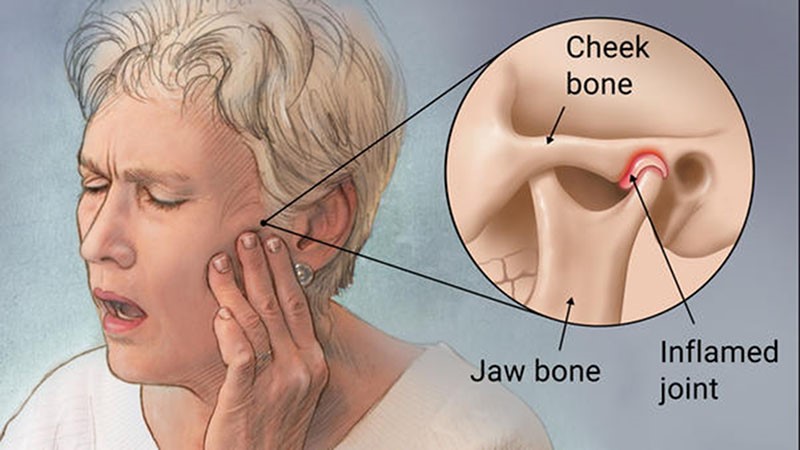
Common Symptoms
1. Jaw Pain: The hallmark symptom of TMJ disorders manifests as persistent or recurrent pain in the jaw joint, often radiating to surrounding areas.
2. Limited Jaw Movement: Dysfunction in the TMJ can manifest as difficulty or discomfort during the simple acts of opening or closing the mouth.
Associated Symptoms
1. Headaches: TMJ disorders can extend their influence beyond the jaw, contributing to tension headaches that often radiate from the jaw to the temples.
2. Ear Pain: Discomfort in the ears, coupled with symptoms such as ringing (tinnitus) or a sensation of fullness, can be intricately linked to TMJ dysfunction.
3. Diagnosis and Evaluation of TMJ Disorders
Clinical Assessment
1.Patient History: The journey to diagnose TMJ disorders initiates with detailed discussions encompassing symptoms, dental history, and lifestyle factors. This dialogue provides the essential context needed for accurate diagnosis.
2.Physical Examination: Hands-on evaluations, including the palpation of the jaw joint, assessment of jaw movements, and the identification of muscle tenderness, form integral components of diagnosing TMJ conditions.
Imaging Studies
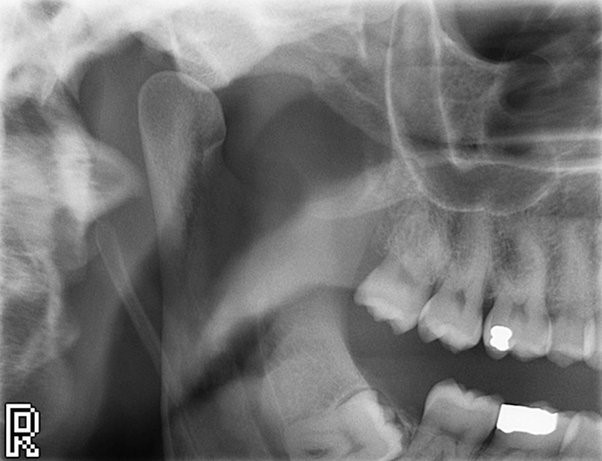
1. X-rays: Employed for their ability to visualize bony structures, X-rays offer insights into potential structural abnormalities within the TMJ.
2. MRI (Magnetic Resonance Imaging): This advanced imaging modality provides detailed views of soft tissues, aiding in the assessment of disc position and overall joint integrity.
4. Treatment Approaches for TMJ Disorders
Conservative Measures
1. Lifestyle Modifications: The first line of defense often involves lifestyle adjustments. Stress management techniques, dietary modifications, and the avoidance of excessive gum chewing or hard foods can contribute to alleviating TMJ symptoms.
2. Physical Therapy: Engaging in jaw exercises, massage, and stretching routines under the guidance of a physical therapist can enhance jaw muscle flexibility and reduce tension.
Dental Interventions
1. Orthodontic Treatment: Addressing misalignments through braces or other orthodontic interventions can have a positive impact on TMJ-related issues.
2. Oral Appliances: Customized splints or mouthguards, strategically designed to reduce teeth grinding and provide support to the TMJ, represent a valuable intervention.
Medical Interventions
1. Pain Medications: Nonsteroidal anti-inflammatory drugs (NSAIDs) serve as a common component of treatment, alleviating pain and inflammation associated with TMJ disorders.
2. Muscle Relaxants: Prescribed medications with muscle-relaxing properties offer relief from jaw muscle tension and associated discomfort.
Conclusion: Holistic Approaches to TMJ Health
In conclusion, TMJ disorders navigate a complex landscape that demands a nuanced and individualized approach to diagnosis and treatment. The intricate interplay of contributing factors, diverse symptoms, and a spectrum of treatment modalities necessitates a collaborative effort involving patients, dentists, and, in certain cases, specialists.
Holistic strategies, encompassing lifestyle modifications, conservative measures, and targeted interventions, offer a comprehensive approach to managing TMJ disorders. By fostering awareness, seeking timely diagnosis, and embracing a tailored treatment plan, individuals embark on a journey to navigate the intricate landscape of TMJ health, promoting not only oral well-being but also an enhanced overall quality of life.
Sources
- [Mayo Clinic - TMJ disorders](https://www.mayoclinic.org/diseases-conditions/tmj/symptoms-causes/syc-20350941)
- [American Association of Oral and Maxillofacial Surgeons - TMJ](https://www.aaoms.org/docs/practice_resources/position_papers/tmj_disorders.pdf)
